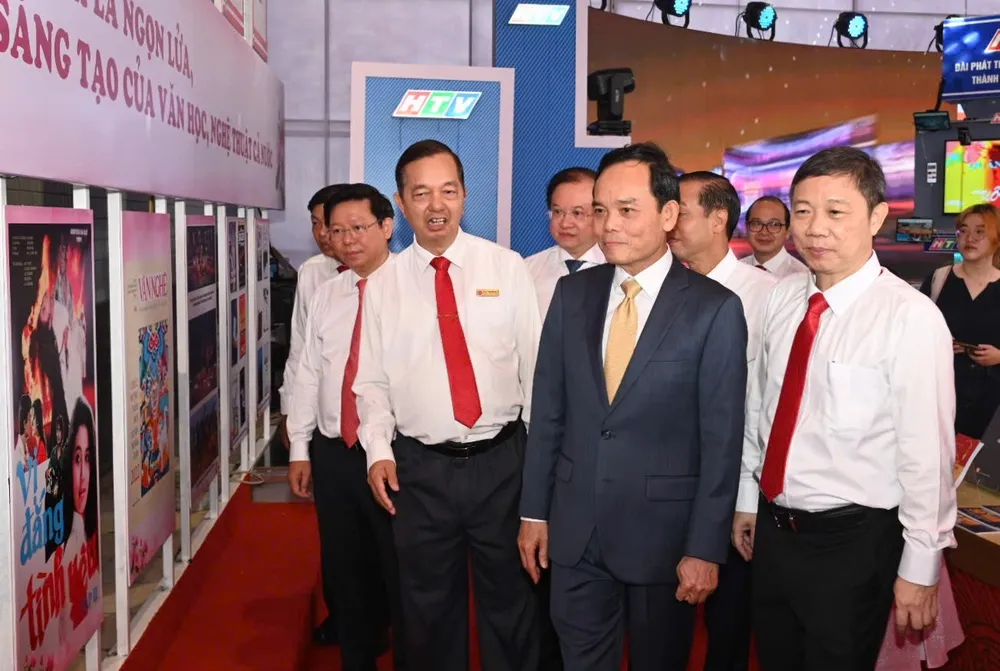
Attending the conference were: Tran Luu Quang, Secretary of the Central Committee of the Communist Party of Vietnam and Secretary of the Ho Chi Minh City Party Committee; Le Quoc Phong, Member of the Central Committee of the Communist Party of Vietnam and Permanent Deputy Secretary of the Ho Chi Minh City Party Committee; Tran Thanh Lam, Deputy Head of the Central Propaganda and Mass Mobilization Department; Ta Quang Dong, Deputy Minister of Culture, Sports and Tourism; Nguyen Phuoc Loc, Deputy Secretary of the Ho Chi Minh City Party Committee, Chairman of the Vietnam Fatherland Front Committee of Ho Chi Minh City, and Head of the Steering Committee for the 50th Anniversary of Literature and Arts in Ho Chi Minh City after the Reunification of the Country; Duong Anh Duc, Head of the Propaganda and Mass Mobilization Department of the Ho Chi Minh City Party Committee…
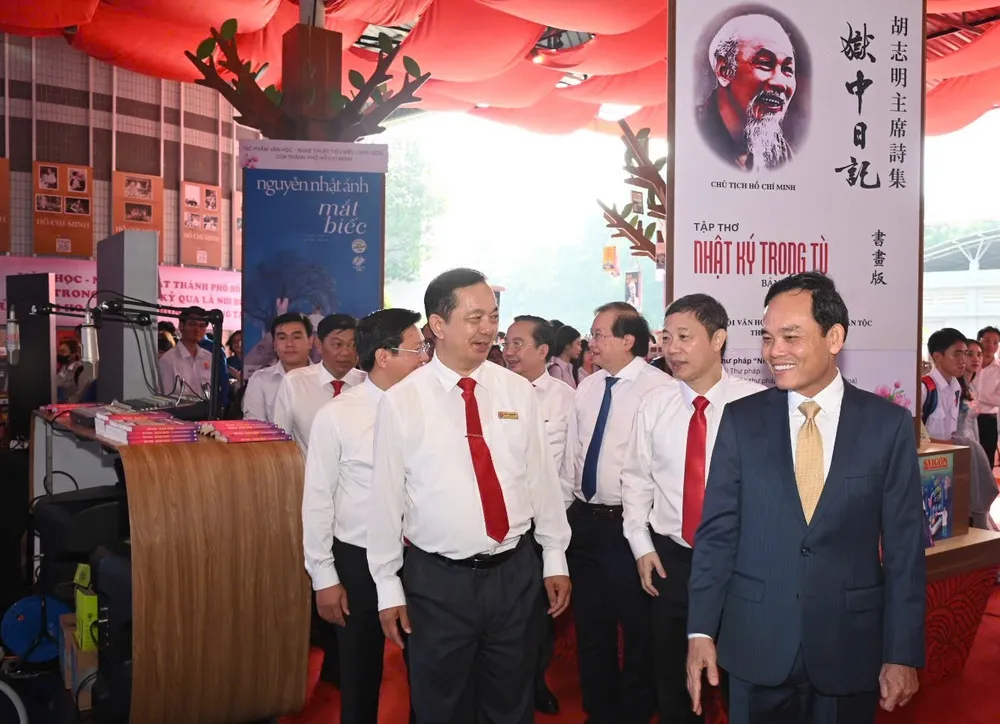
Press and publishing exhibition area. Photo: QUOC THANH
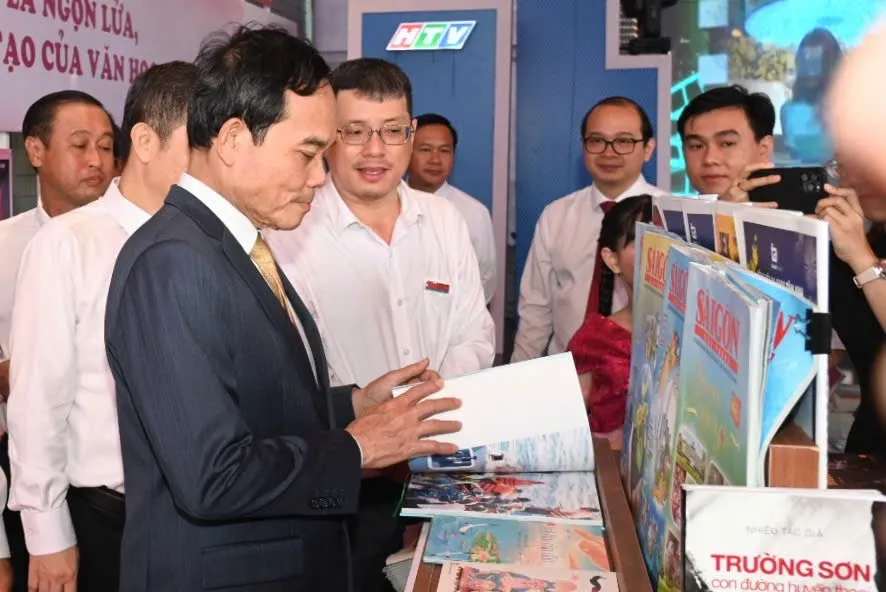
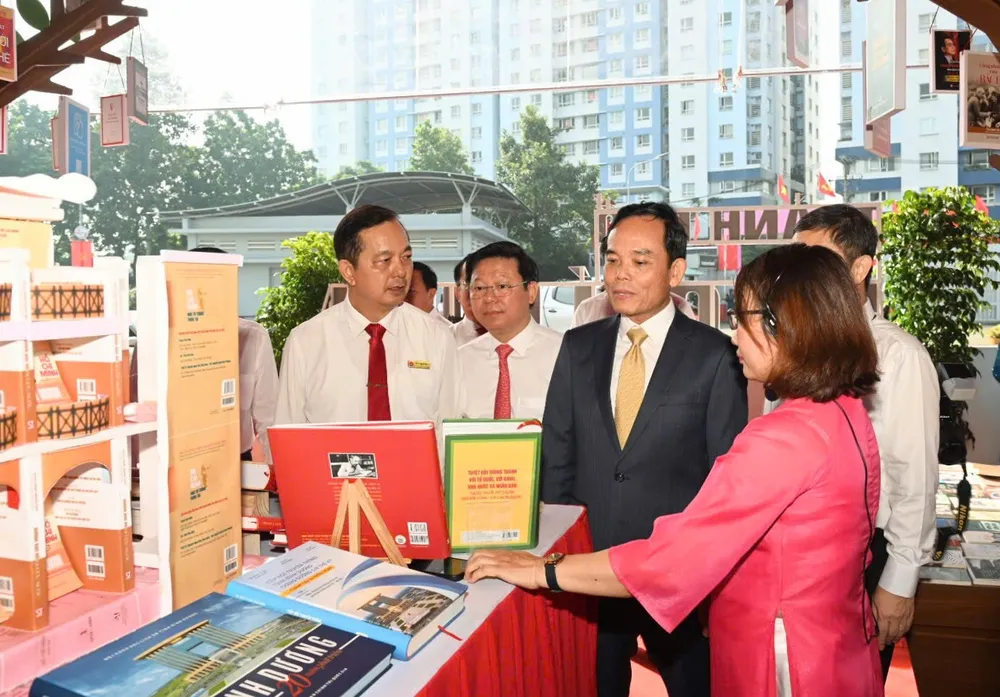
Press and publishing exhibition area. Photo: QUOC THANH
Over 50 years of construction and development, literature and art in Ho Chi Minh City have always played a pioneering role, accompanying the cause of building, protecting, and developing the city. With the close attention and guidance of the City Party Committee and government, literature and art have continuously grown stronger, affirming its position as a major cultural and artistic center of the country, contributing to spreading profound humanistic values, nurturing aspirations, and forging the distinctive cultural identity of this heroic city.
Innovation stemming from leadership thinking creates a solid foundation for development.
Right from the day of national reunification (April 30, 1975), the Ho Chi Minh City Party Committee paid special attention to directing and issuing many important policies and resolutions on the development of culture and arts, concretizing them into policies, mechanisms, and resources suitable for each stage of development of the city and the country.
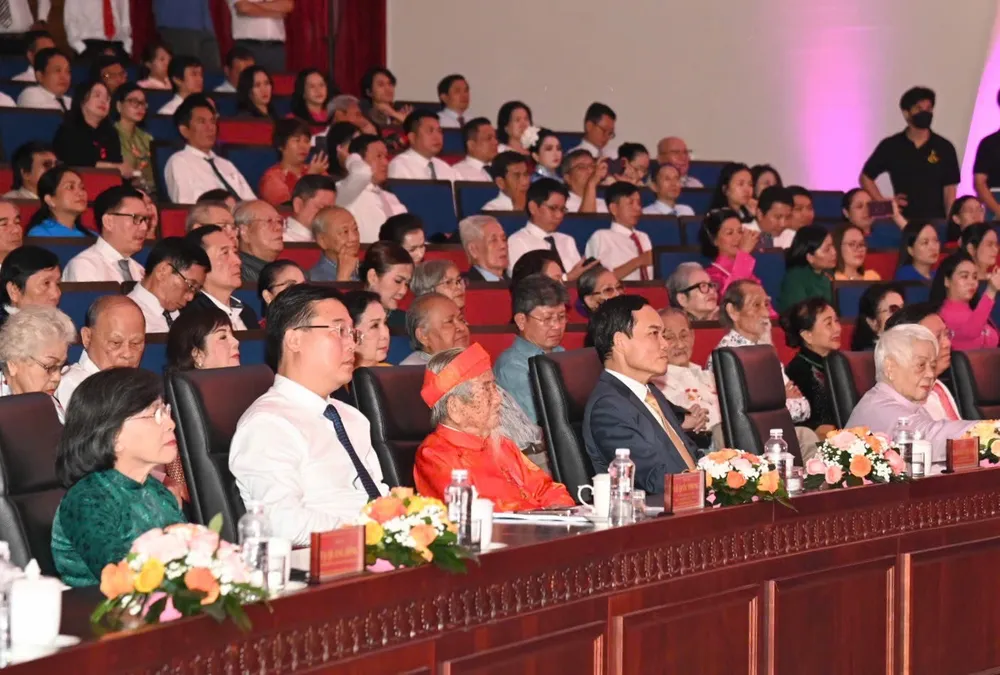
The dissemination and thorough understanding of resolutions and directives from the Central Committee and the City Party Committee have been widely implemented among artists, cadres, Party members, civil servants, employees, and the general public. The city focuses on building infrastructure and cultural institutions, investing in improving the effectiveness of state management, while also paying attention to building a team of artists with strong political convictions, sensitivity, and a commitment to the revolutionary cause.
In particular, aesthetic education , traditional art education, and historical education are emphasized and integrated into schools to cultivate patriotism, nurture the soul, and shape the character of the younger generation.
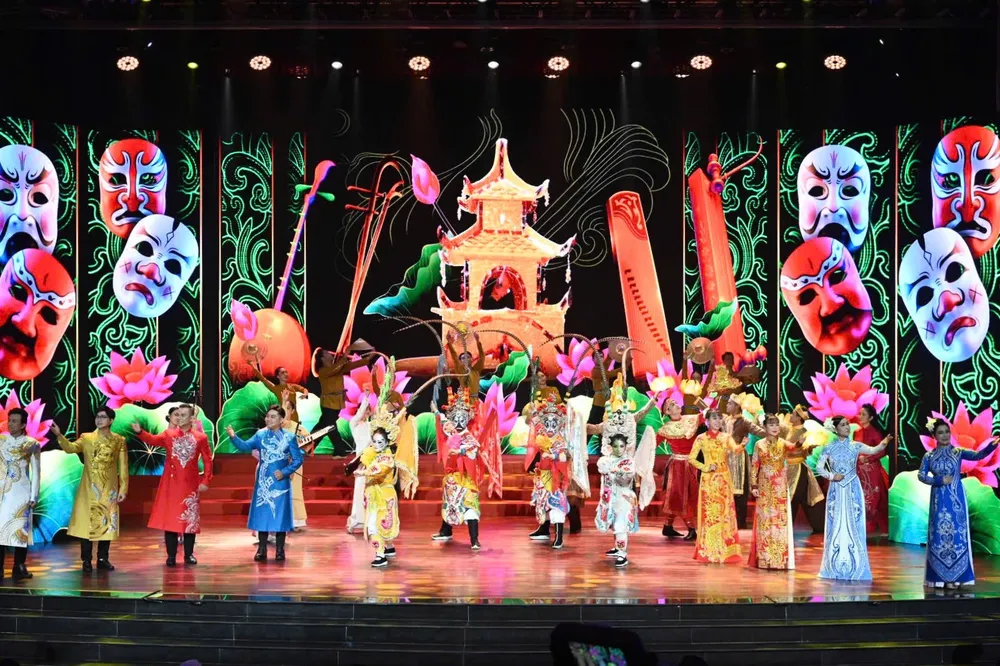
Over the past half-century, the cultural institutions in Ho Chi Minh City have been continuously invested in, upgraded, and gradually reformed in their operational methods. Many large-scale cultural projects have been established, such as the Tran Huu Trang Theater, the Sen Hong Stage, and the Phu Tho Multi-Purpose Circus… Alongside this, the system of museums, libraries, historical sites, and cultural heritage has been upgraded; and grassroots cultural institutions have gradually improved the spiritual lives of people in rural and suburban areas.
Besides the public system, Ho Chi Minh City also encourages socialization, creating conditions for private entities to participate in building and operating cultural institutions, meeting the increasingly sophisticated needs of the public.
Literature and art go hand in hand with history.
Ho Chi Minh City is a hub for artists and writers from all over the country. Since April 30, 1975, many valuable works have been created, leaving a deep impression on the public, such as: the Cai Luong play " The People of the Suburbs" by Minh Khoa, the collection of short stories and memoirs "Homeland of the Underground Tunnels" by Vien Phuong, the film script "The Wild Field" by Nguyen Quang Sang, the war poems of Che Lan Vien, the song "Spring in Ho Chi Minh City" by Xuan Hong, "The Unforgettable Song" by Pham Minh Tuan, and the statue of President Ho Chi Minh with children by Diep Minh Chau…
The successor generation and young artists continue the tradition, creating many works of artistic and ideological value, deeply reflecting the pulse of life, and arousing pride and love for their homeland.
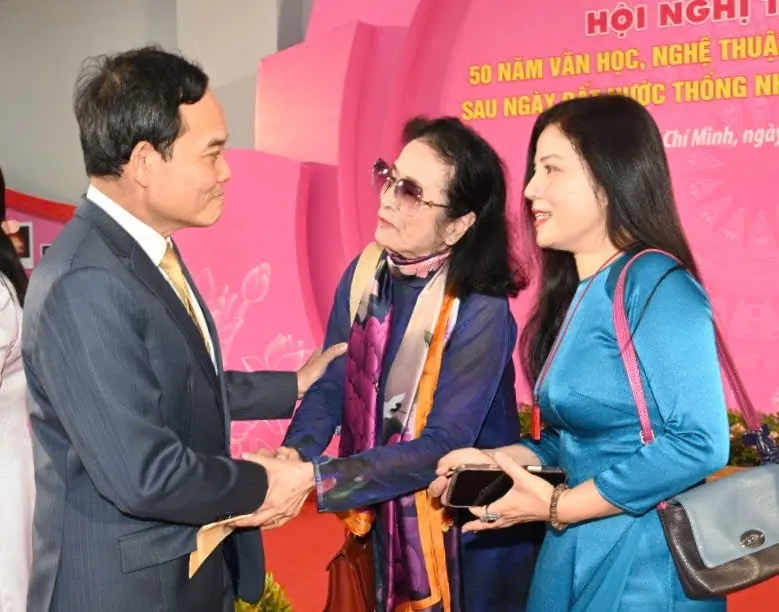
The city has organized numerous awards and large-scale creative campaigns such as: the Ho Chi Minh City Literature and Arts Award, the Award for creative writing and promotion on "Studying and following the thoughts, ethics, and style of Ho Chi Minh", the Ho Chi Minh City Innovation Award… along with artistic activities serving people in remote areas, border and island soldiers, and overseas Vietnamese.
Many cultural exchange and integration programs have been organized, such as the Ho Chi Minh City - Gyeongju World Culture Festival, the Ho Chi Minh City - Ho Do International Music Festival, the River Festival, and the Ho Chi Minh City Ao Dai Festival… As a result, the image of Ho Chi Minh City as a dynamic, creative, and culturally rich city is increasingly spreading strongly to the world.
Preserving heritage, developing a team of artists and writers.
The city prioritizes the preservation and promotion of traditional cultural values, especially intangible cultural heritage recognized by UNESCO, through programs showcasing and teaching folk art. The socialization of arts is increasingly developing with many outstanding programs such as "Àố show," "Sương sớm" (Early Morning Dew), "Ngày xửa ngày xưa" (Once Upon a Time), and major plays like Kim Vân Kiều, Chiếc áo thiên nga (The Swan's Dress), Kẹp hạt dẻ (The Nutcracker), Tô Ánh Nguyệt, Đời Cô Lựu…
Currently, Ho Chi Minh City has nearly 97,000 people working in the cultural and artistic fields, nearly 17,670 cultural enterprises, contributing approximately 5.7% to the annual GRDP. The city has 8 specialized schools, training more than 4,000 students each year, contributing to building a strong successor workforce.
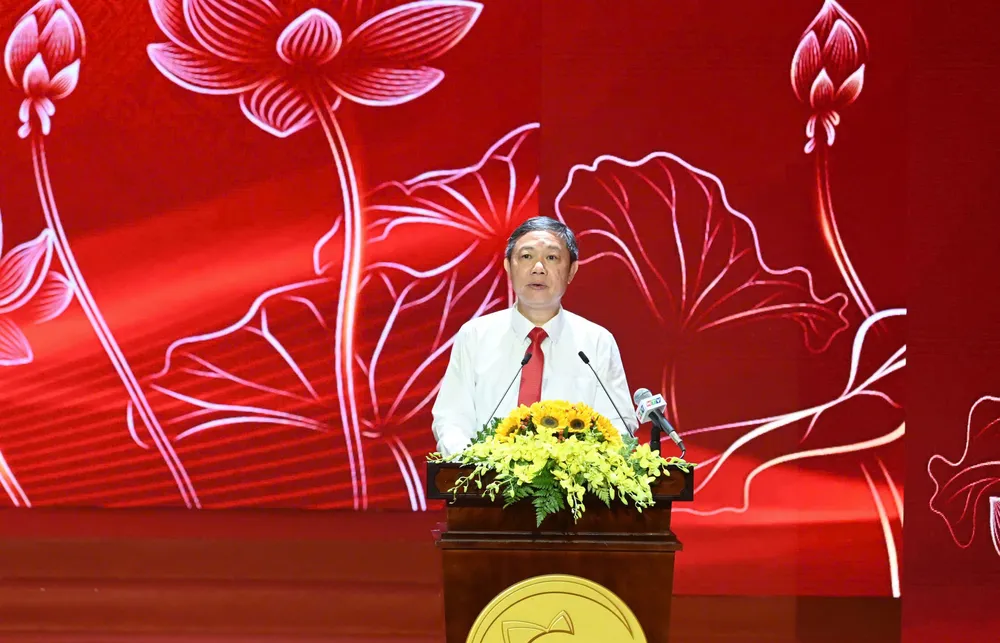
Speaking at the conference, Comrade Duong Anh Duc, Head of the Propaganda and Mass Mobilization Department of the Ho Chi Minh City Party Committee, emphasized: “Entering a new stage of development, Ho Chi Minh City continues to identify literature and art as a field of special importance in building human character, building the spiritual foundation of society, and contributing to the sustainable development of the city.” The city aims to strengthen propaganda work, raise awareness and leadership capacity at all levels regarding literature and art; improve mechanisms and policies to attract and utilize talent; invest in a comprehensive system of cultural institutions; and link the development of literature and art with the preservation and promotion of the nation's fine traditional cultural values.
Furthermore, the city focuses on strengthening efforts to combat and refute harmful cultural products, protecting the Party's ideological foundation, and guiding healthy aesthetic tastes, especially for the younger generation. Simultaneously, it effectively implements the Strategy for the Development of the Cultural Industry for the period 2025-2030, gradually transforming culture and arts into an important service sector, contributing positively to economic growth, improving the quality of people's spiritual lives, and building a civilized, modern, and compassionate Ho Chi Minh City.
The city consistently prioritizes social welfare policies, caring for the lives of artists and writers, especially the elderly, those in difficult circumstances, or those who have made significant contributions. Alongside this, comprehensive reward and incentive mechanisms for artistic creation are implemented, providing motivation for artists and writers to dedicate themselves to their work.
The contingent of artists and writers in Ho Chi Minh City is growing stronger, currently comprising nearly 6,000 members, including 26 recipients of the Ho Chi Minh Prize, 95 recipients of the State Prize, and hundreds of artists who have been awarded prestigious titles.
Alongside its significant achievements, the city's literary and artistic activities also face numerous limitations: cultural infrastructure is not commensurate with the scale of a special urban area; there is a lack of large-scale cultural projects; the promotion of works is weak; incentive policies are not attractive enough; there is a shortage of successors in the literary and artistic theorists and critics; and some management staff have limited expertise.
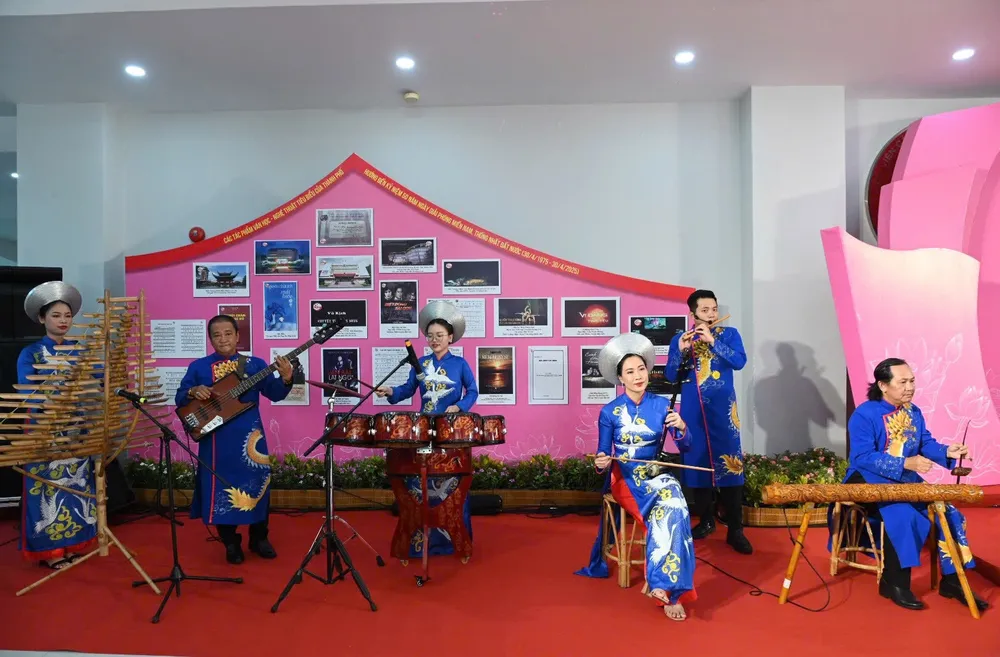
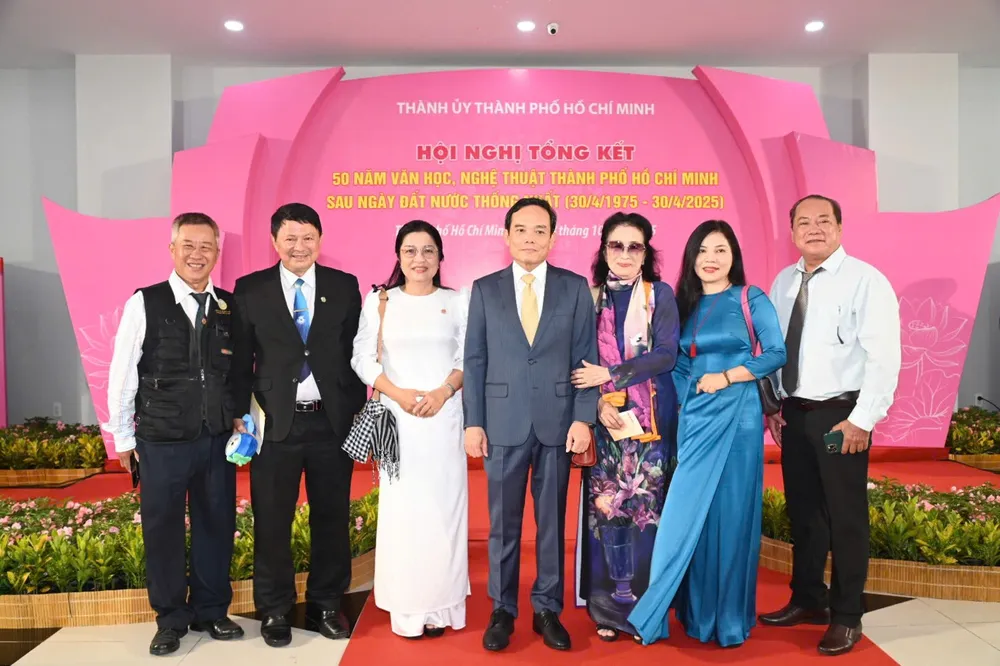
The impact of the market economy, international integration, and the explosion of digital technology also poses many new challenges in shaping standard values and protecting traditional cultural identity against foreign cultural influences.
Fifty years, a proud journey for Ho Chi Minh City's literature and arts. With a solid foundation and strategic vision, the city's literature and arts will continue to shine, contributing to building Ho Chi Minh City into a creative, civilized, modern, and compassionate city – a major cultural center of the country and the region.
Speaking at the Ho Chi Minh City 50th Anniversary Literature and Arts Conference, People's Artist Dao Ba Son emotionally shared: “50 years is not a long time in the history of the nation, but it is enough to affirm the character, intellect, and soul of the city's artists. In times of hardship or peace, we still create, still find joy in contributing to preserving identity and nurturing the human spirit. The achievements of literature and art today are the result of a journey of continuous effort and creativity, vividly reflecting the face of a dynamic, modern city that is still rich in national identity. This is also the belief and motivation for the next generation of artists to continue contributing in the new era.”
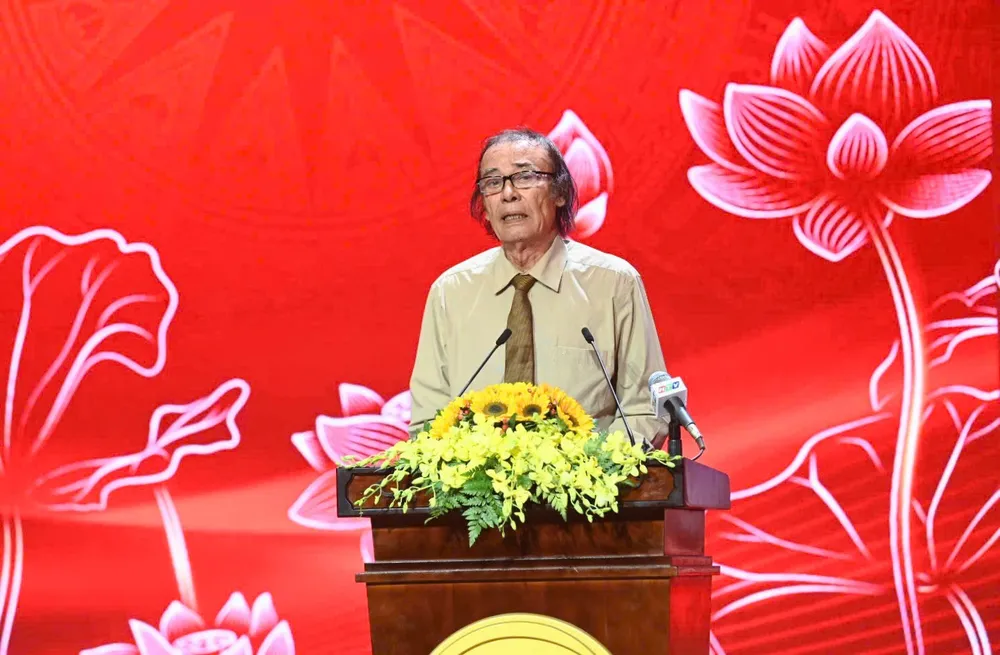
Speaking on behalf of the younger generation of artists at the conference, singer Vo Ha Tram expressed: “I am fortunate to have been born and raised in the vibrant arts and culture movement of the city. Ho Chi Minh City is a land of vitality, where young artists can create, contribute, and spread artistic values to the community. Today's generation of artists hopes for more performance spaces, training programs for young talents, and regular stages so that art can become even closer to the public. We promise to continue contributing wholeheartedly, so that every melody, every work carries within it pride and love for Ho Chi Minh City.”
Source: https://www.sggp.org.vn/van-hoc-nghe-thuat-tphcm-50-nam-dong-hanh-toa-sang-cung-thanh-pho-anh-hung-post818692.html







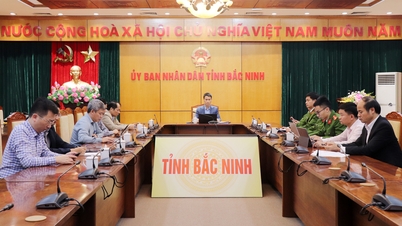

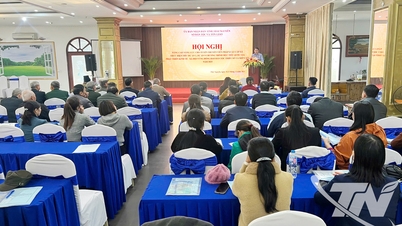

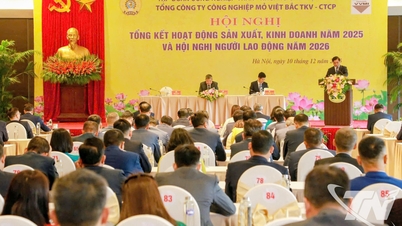
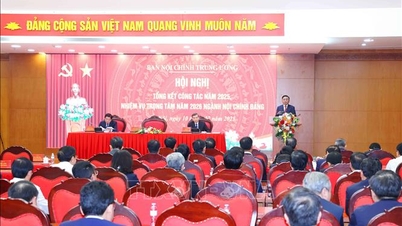
























![[Photo] Prime Minister Pham Minh Chinh holds a phone call with the CEO of Russia's Rosatom Corporation.](/_next/image?url=https%3A%2F%2Fvphoto.vietnam.vn%2Fthumb%2F1200x675%2Fvietnam%2Fresource%2FIMAGE%2F2025%2F12%2F11%2F1765464552365_dsc-5295-jpg.webp&w=3840&q=75)
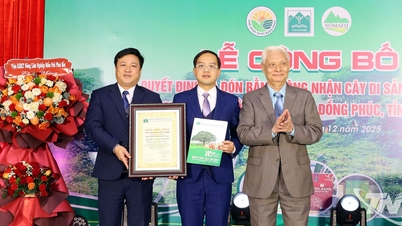




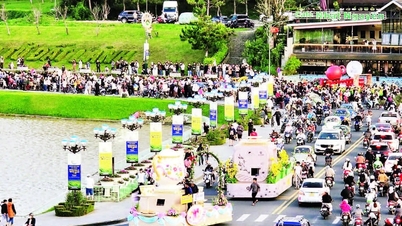

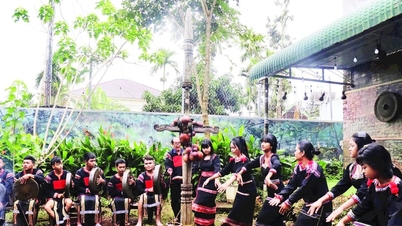
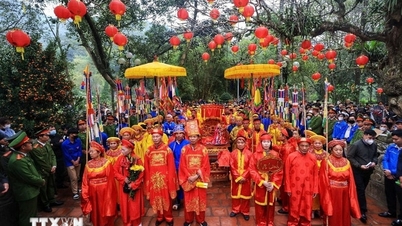





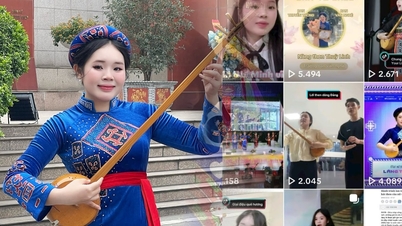
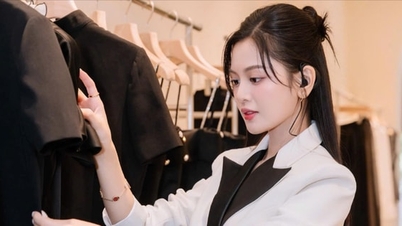

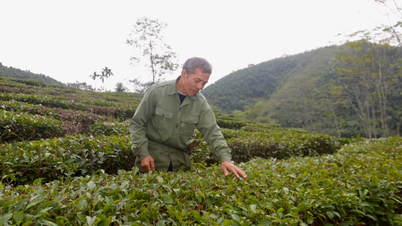




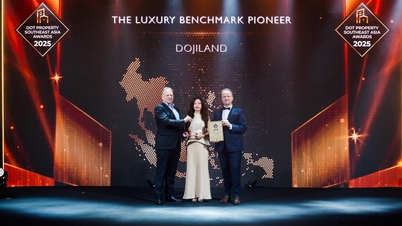
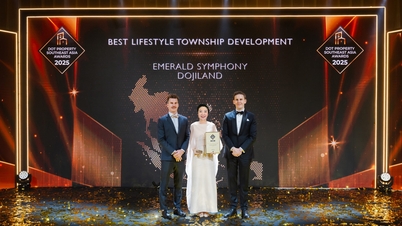
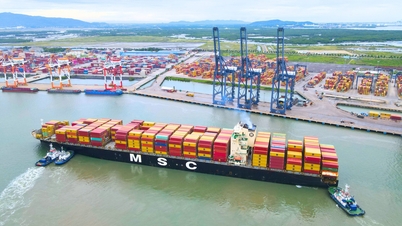
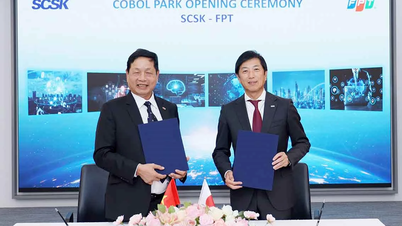





















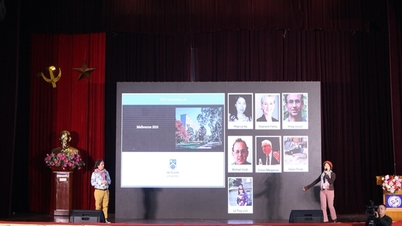
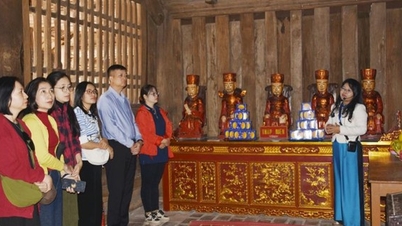



















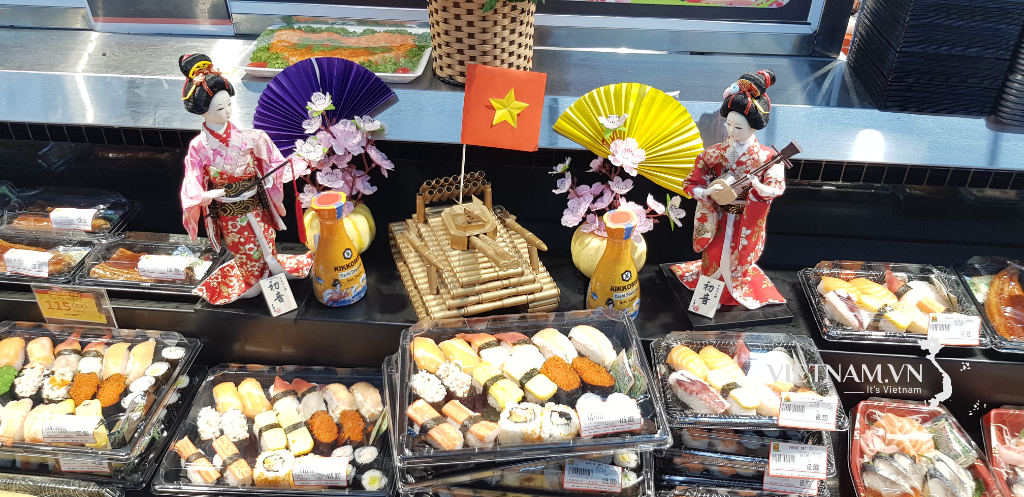
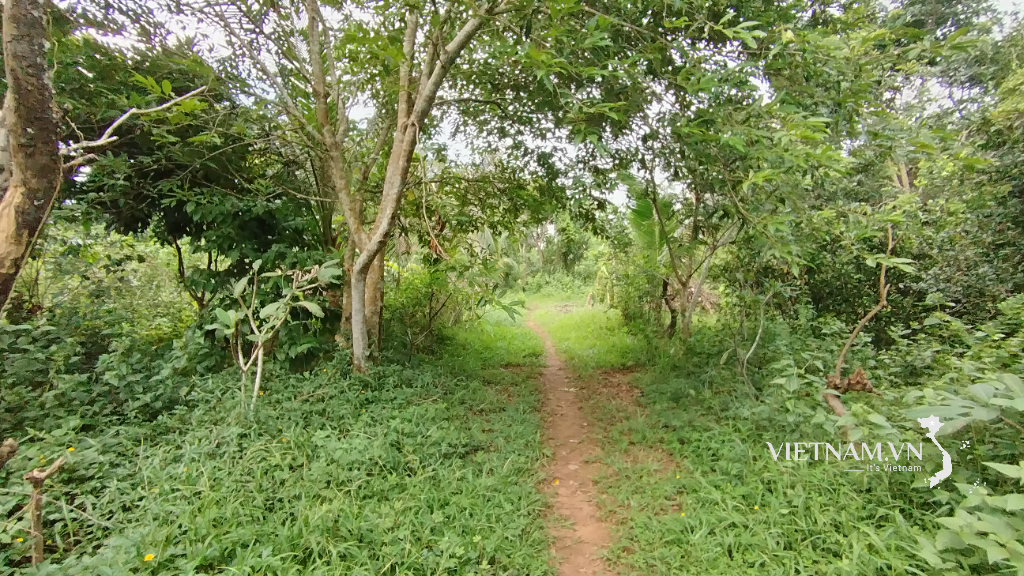
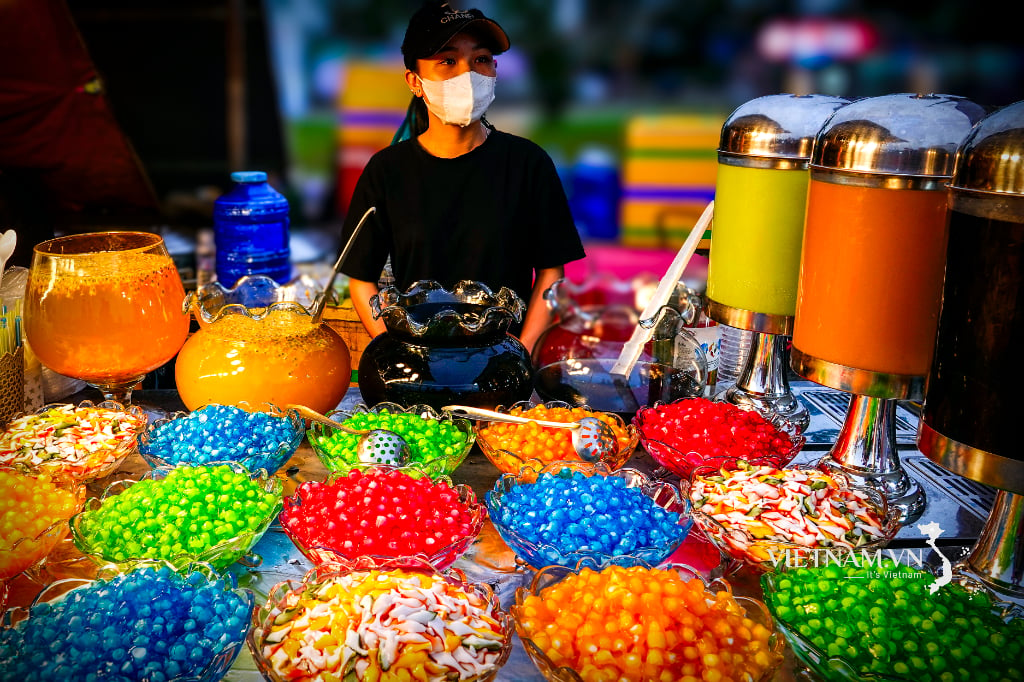
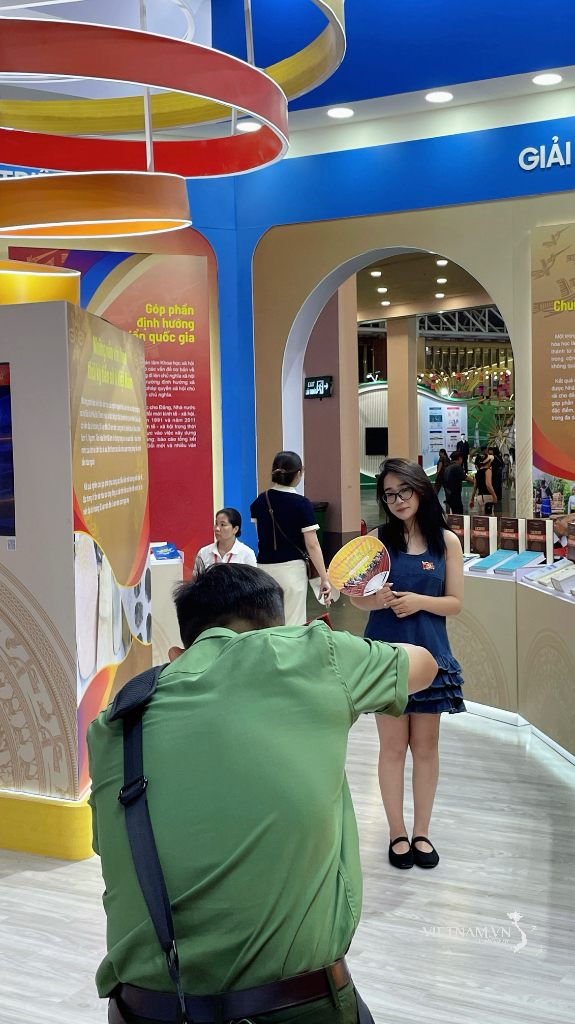
Comment (0)